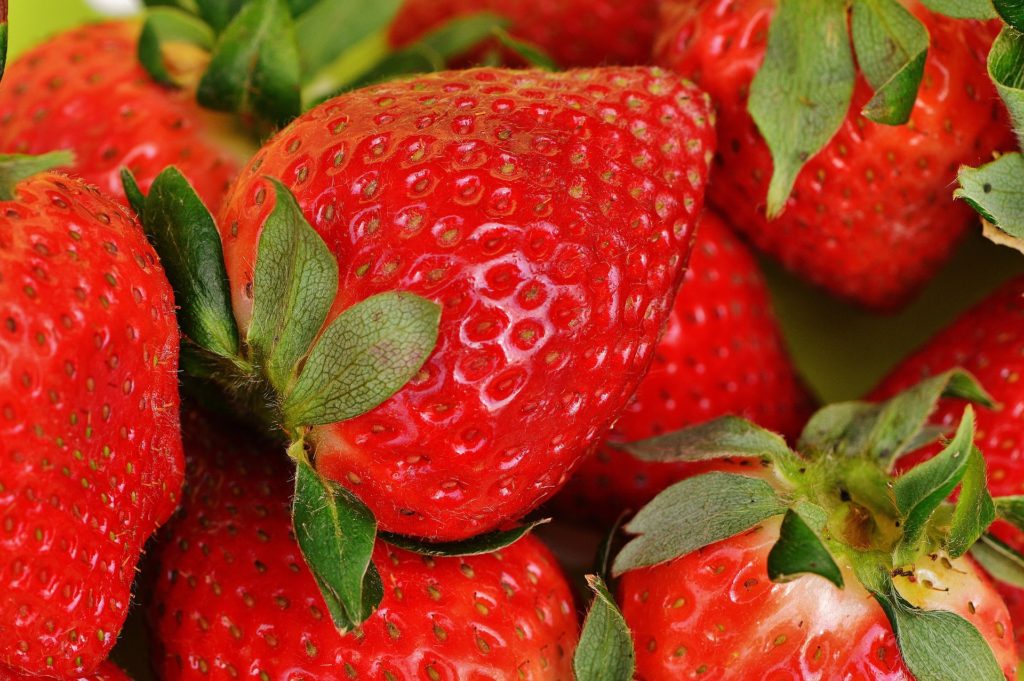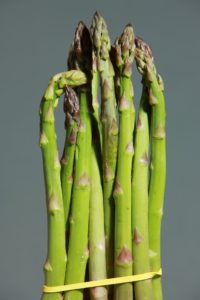Eating right means you eat your fruits and vegetables and reduce your intake of junk foods, processed foods and preservatives. But if you’re doing all that and you’re still not getting your daily requirements of fruits and vegetables, what do you do then?
Well, the problem may not be with what you’re eating, but with how much you’re eating – or not eating.
Most of us have no clue how many servings of fruits and vegetables we’re supposed to eat on a daily basis. And if you do know, then you probably don’t know just how much of each type is a serving exactly. Here are a few examples:
- 2 cups of leafy greens is equal to 1 cup of vegetables
- A ½ cup of dried fruits is equal to 1 cup of fruits
- One big fruit (apples, oranges, peaches, bananas, cucumbers, tomatoes, etc.) is equal to 1 cup of fruit
- It takes 6 – 8 pieces of smaller fruits to equal 1 cup
While it may sound tricky, it’s actually quite simple once you understand the science behind it. And here are 4 ways to add more fruits and vegetables to your diet.
Free Report: 15 Foods To Eat Before & After Your Workouts4 Easy Ways To Add More Fruits And Vegetables To Your Diet
1. Plan Ahead
Having things washed, drained, chopped and cut up is a great time-saver. Plus, it’ll stop any excuse dead in its tracks. It’ll be easier to add some chopped spinach to your omelette, or a handful of berries to your yogurt or pancake batter. Fruit popsicles or fruit kabobs are delicious and fun ways to add some nutritional value to your meals.
This also makes it easier to roast vegetables, giving them a quick stir in some oil, a bit of seasoning and heat pumps up their flavor and, in some cases, even enhances their nutritional values. You can roast almost all vegetables either in the oven or on your stove top. And you can even mix and match, and create your own, unique healthy recipes.
Another great way to plan ahead is to buy frozen fruits and vegetables. They still retain their nutritional value and their delicious flavor. Plus, they’re already prepared and ready to go, and they’re available year-round.
2. Eat More Salad
Always have a salad alongside your main meal for lunch and dinner. Salads may be the most versatile meals ever invented. You can do classic salads or add some protein like chicken or tuna. You can add beans, chickpeas, corn too – whatever your heart desires.
Salads help you consume fewer calories while filling you up. They reduce that risk of burn out you get in the late afternoon because salads contain ingredients that are loaded with fiber, vitamins and minerals that keep your metabolism going longer while boosting concentration and energy levels.
3. Eat More Soup
Nothing says comfort food and nutritious like soups. All year-long, soups have been known to satiate hunger pangs while providing you with your daily supply of fruits and vegetables. And they can be made in virtually an infinite number of ways.
4. Yes, You Can Eat Your Desert
The idea behind craving something sweet after each meal (and in-between them) is that our blood sugar levels drop at certain times during the day. But instead of going for that candy bar or bucket of ice-cream, grab a fruit that will provide you with fiber, vitamins, minerals.
It’ll bring that sweet craving to a halt plus it’ll keep you alert and focused during the afternoon, as opposed to that drowsy feeling that comes over us when we’re drained and feel out of whack. You can cut up different types of fruit to make a fruit salad or put them in a blender to make a smoothie. You can have a different type of desert for every day of the week that will satisfy your sweet tooth without piling on the calories.
The Foods To Eat Before & After Your Workouts
The best thing you can do for your health is to find the right foods that suit your needs. Your gender, age, whether you lead an active or a more sedentary lifestyle are all factors that determine how much you should eat which should provide you with a basic guideline to start building a well-balanced, nutrient-rich lifestyle.
In the same way, your body needs a certain kind of nutrition in each stage of your exercise workout. People are often amazed at how small dietary changes can reap huge results with their fitness goals. Whether you want to build muscle or improve your cardio performance, this free report, 15 Foods To Eat Before & After Your Workout provides details on the foods you should eat so you can reach a new personal best.



